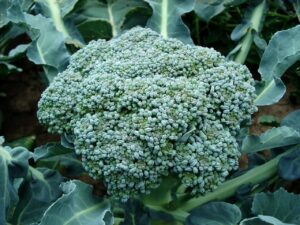As the temperatures rise in June, there is still plenty of time to plant a variety of vegetables, flowers, herbs, and landscape plants that thrive in the warm weather. This post will guide you through the best selections for June planting in Zone 7b, ensuring a fruitful and flourishing garden.
Vegetables To Plant
Tomatoes
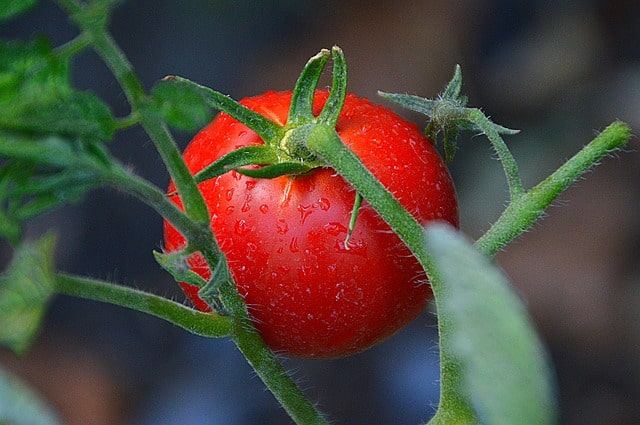
Temperature Tolerance: Tomatoes thrive best with daytime temperatures of 70°F to 85°F. They are sensitive to frost, which can damage still-cooling seedlings. Ideal nighttime temperatures are between 55°F and 70°F.
Planting Dates: In Zone 7b, tomatoes can be planted as transplants from mid-May to early June to ensure they mature before the heat peaks.
Details: Tomatoes are a staple in home gardens due to their versatility in cooking and canning. They prefer full sun, requiring at least 6-8 hours of direct sunlight daily. When planting, ensure the soil is enriched with compost for nutrients and good drainage, as tomatoes are susceptible to root rot. They can be staked or caged to support the weight of the fruit and improve air circulation, reducing the risk of diseases.
Peppers
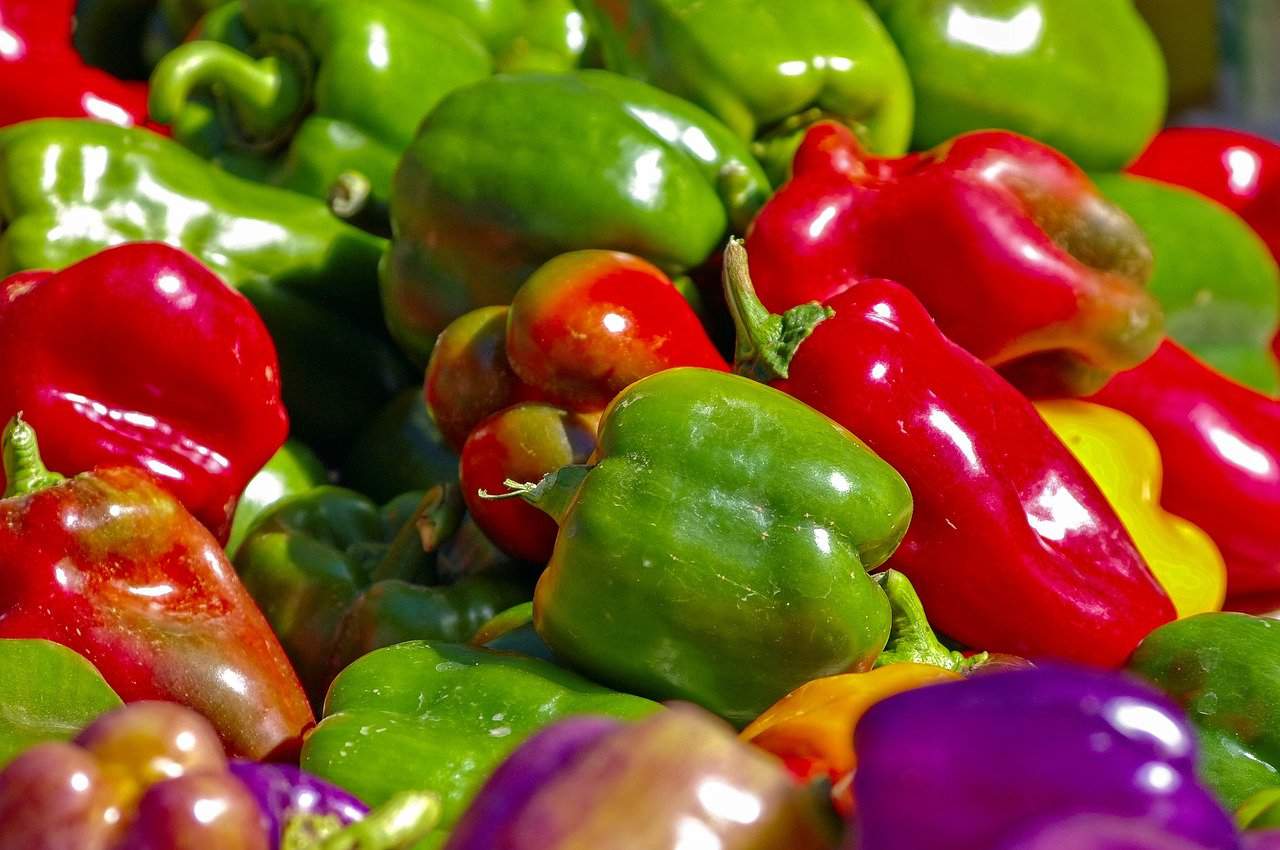
Temperature Tolerance: Peppers flourish in warm conditions, ideally between 70°F and 80°F. They start to struggle in temperatures below 50°F as they are highly sensitive to cold.
Planting Dates: Optimal times for planting pepper transplants in Zone 7b range from mid-May to early June.
Details: Peppers come in a variety of colors and flavors, from sweet bell peppers to hot chili varieties. They need full sunshine and well-drained soils to thrive, benefiting from a slightly acidic to neutral pH. Encouraging airflow around the plants through proper spacing can prevent fungal diseases. Regular watering, especially during dry spells, is crucial for fruit development.
Cucumbers
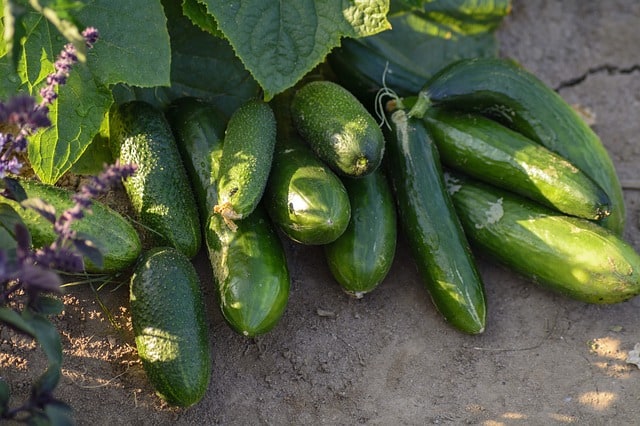
Temperature Tolerance: Cucumbers grow best in temperatures from 70°F to 95°F. They are quite frost-sensitive, and exposure to cold can stunt their growth.
Planting Dates: In Zone 7b, cucumbers can be planted directly in the soil from early June, as the soil temperature usually warms sufficiently by then.
Details: Cucumbers can grow sprawling vines or bushy plants, depending on the variety. They thrive in well-draining, nutrient-rich soil and benefit from full sun exposure. Since cucumbers consume a lot of water, regular irrigation is key, particularly during hot spells. Planting on a trellis can save space in the garden and improve air circulation, leading to healthier plants.
Squash
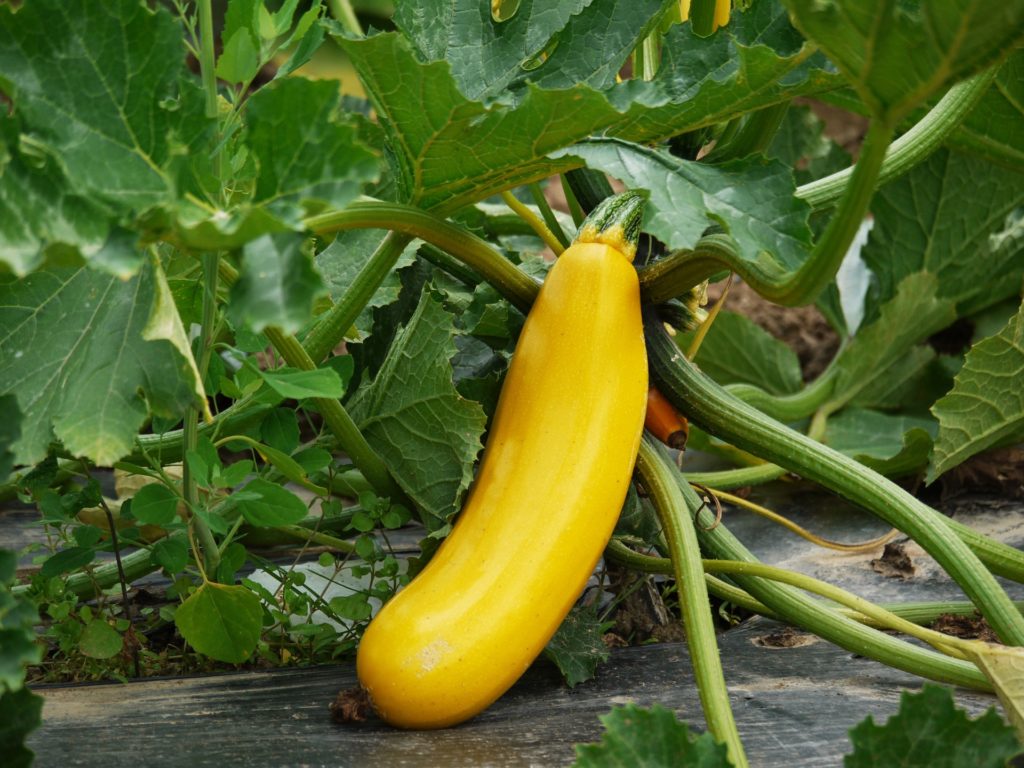
Temperature Tolerance: Both summer squash and winter squash prefer temperatures ranging from 70°F to 85°F. They are sensitive to frost, which can damage seedlings.
Planting Dates: Direct sowing can take place in Zone 7b between early to mid-June, as the soil becomes warm.
Details: Squash is prolific in summer gardens, producing fruits in various shapes and sizes. Summer squash, such as zucchini, is harvested immature for its tender skin, while winter squash is left to mature for storage. Both types prefer fertile, well-draining soil and full sunlight. Regular watering and mulching can help retain moisture and reduce weed competition, ensuring healthy plants yield abundantly.
Beans
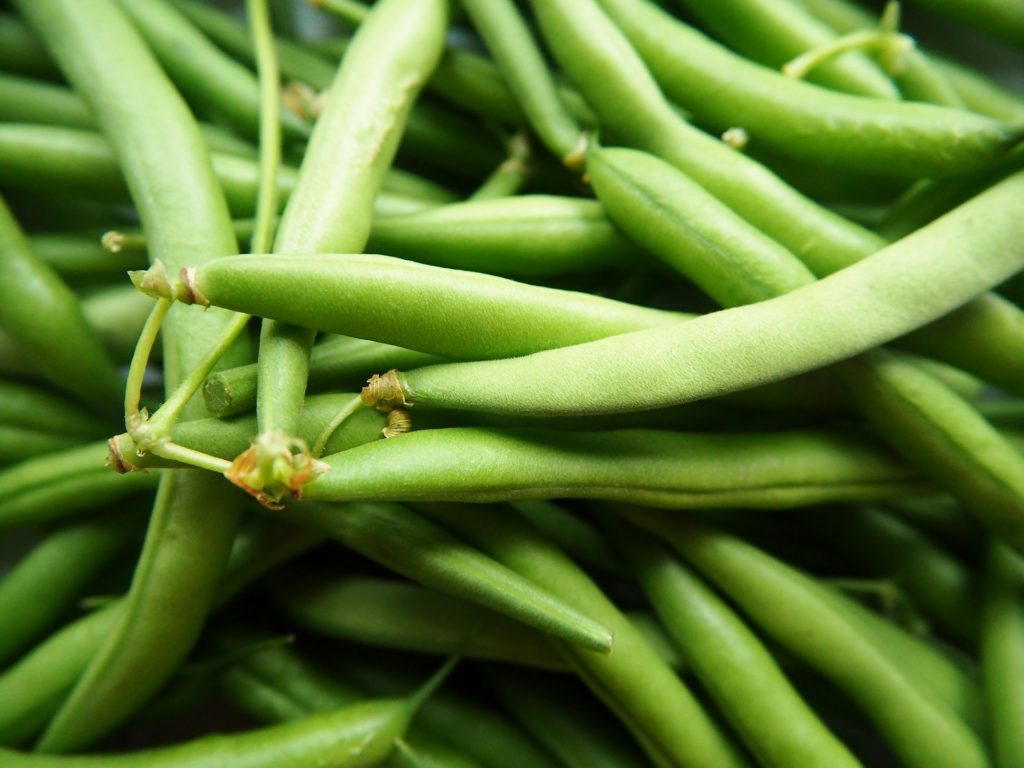
Temperature Tolerance: Beans thrive in warm weather and do best in temperatures from 70°F to 90°F. They may fail to germinate if the soil temperature is below 60°F.
Planting Dates: In Zone 7b, beans can be directly sown from late May through early June.
Details: Beans, both bush and pole varieties, are easy-to-grow and quick-maturing crops. They enrich the soil with nitrogen, making them beneficial in crop rotation and companion planting. Space bush beans appropriately to ensure air circulation, while pole beans require support to grow vertically. These plants appreciate consistent watering and full sun, providing delightful yields.
Corn
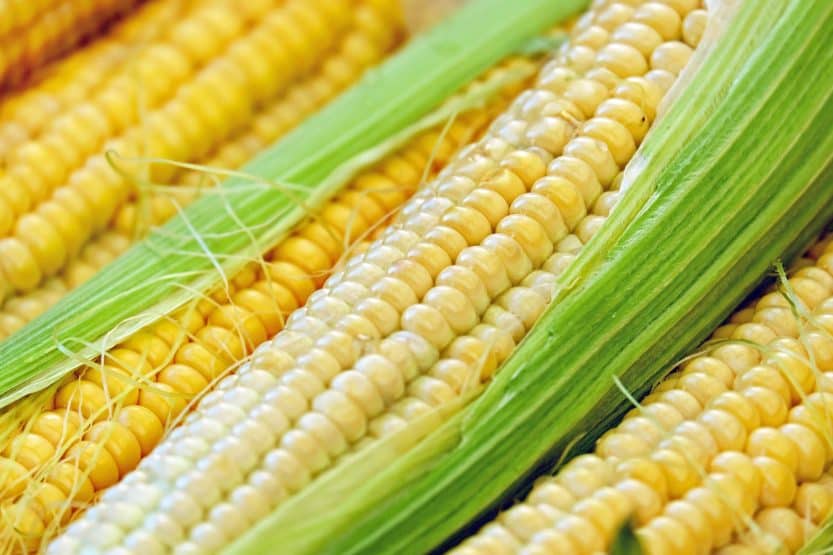
Temperature Tolerance: Corn best germinates at soil temperatures between 60°F and 95°F. Exposure to frost during flowering can dramatically impact yields.
Planting Dates: In Zone 7b, corn seeds can be planted from early to mid-June for a late summer harvest.
Details: Corn requires ample space, sun, and nitrogen-rich soil to thrive. Planting in blocks rather than long rows improves pollination. Regular watering is essential, especially during pollination when corn ears develop. With a preference for warm soil, corn is a summer garden staple that provides both fresh ears and dried kernels for storage or milling.
Carrots

Temperature Tolerance: Carrots germinate best in cooler temperatures of around 60°F. They can tolerate warmer conditions but may struggle in extreme heat.
Planting Dates: Carrots can be sown in early June in Zone 7b, taking advantage of the warming soil.
Details: Carrots are a cool-weather crop that can be sown for a summer harvest. These plants require loose, sandy soils for proper root development, and it’s vital to keep them consistently moist until germination occurs, which can take 14 to 21 days. Thin seedlings to ensure adequate space for roots to grow, and consider successive planting for continual harvests through the summer.
Beets
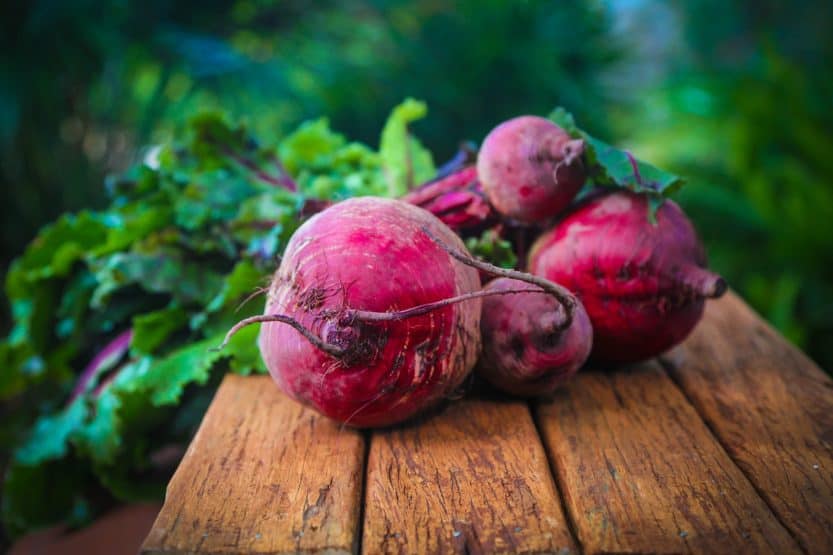
Temperature Tolerance: Beets prefer temperatures of 65°F to 75°F. They can tolerate slight fluctuations but do not grow well in extreme heats.
Planting Dates: In Zone 7b, beets can be directly sown in early June for a late summer harvest.
Details: These nutrient-packed root vegetables can thrive in a variety of soil types but prefer rich, well-drained soil. Beets can also be planted for a fall harvest, making them versatile in the garden. Regular watering and consistent moisture help produce tender roots, while their greens can be harvested and used as leafy greens.
Eggplant
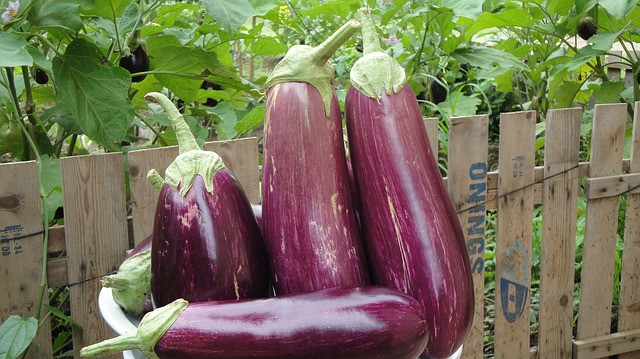
Temperature Tolerance: Eggplants thrive in warm weather, requiring temperatures between 70°F and 90°F. Cold snaps can damage seedlings.
Planting Dates: Transplant eggplants into the garden from late May to early June in Zone 7b.
Details: Eggplants prefer rich soil and full sun, benefiting from consistent moisture and protection from strong winds which can break their branches. They also require support as they produce heavy fruit. Fertilize regularly and prune the plant to promote air circulation and reduce disease susceptibility.
Okra
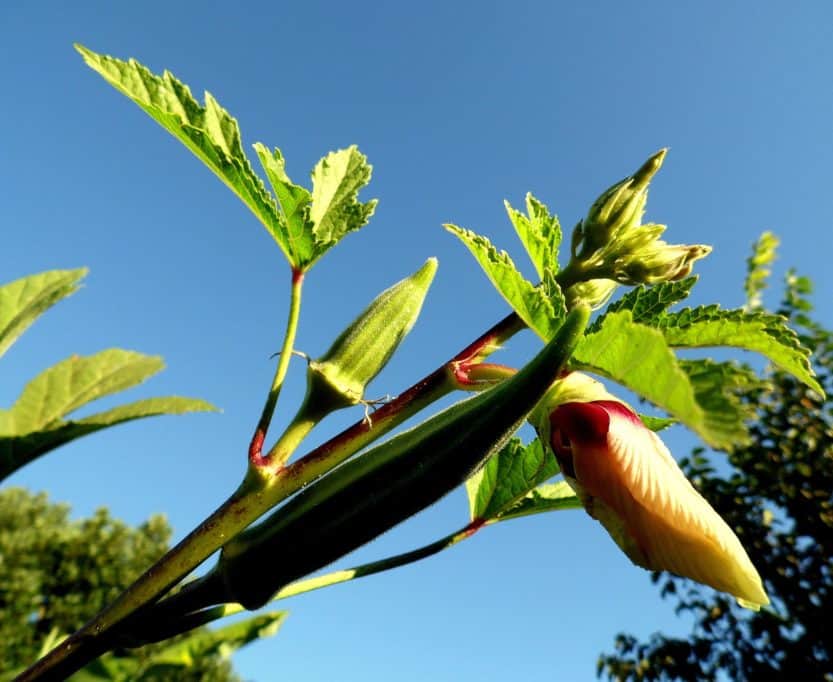
Temperature Tolerance: Okra is exceptionally heat tolerant, thriving in soils between 75°F to 95°F. It can withstand drought conditions once established.
Planting Dates: In Zone 7b, okra should be directly seeded in early June.
Details: This southern favorite grows tall, producing beautiful flowers before developing its edible pods. Okra prefers full sun and loamy, well-drained soil. Regular watering is important until established, but once rooted, it shows remarkable drought tolerance. Harvest the pods frequently for the best flavor and to promote continued production.
Flowers To Plant
Sunflowers
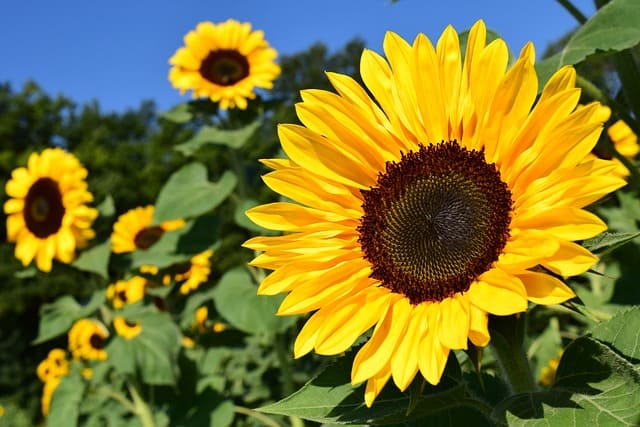
Temperature Tolerance: Sunflowers thrive in warmth, favoring temperatures from 70°F to 95°F. They are sensitive to frost, particularly when young.
Planting Dates: Seeds can be sown directly into the soil from late April until early June in Zone 7b.
Details: Sunflowers are resilient and grow quickly, making them a great choice for novice gardeners. They require full sun and well-draining soil. These flowers can reach impressive heights and are fantastic for attracting pollinators. Plus, they can yield seeds for snacking or bird feed. Plant them in tight clusters to create a striking visual impact.
Zinnias
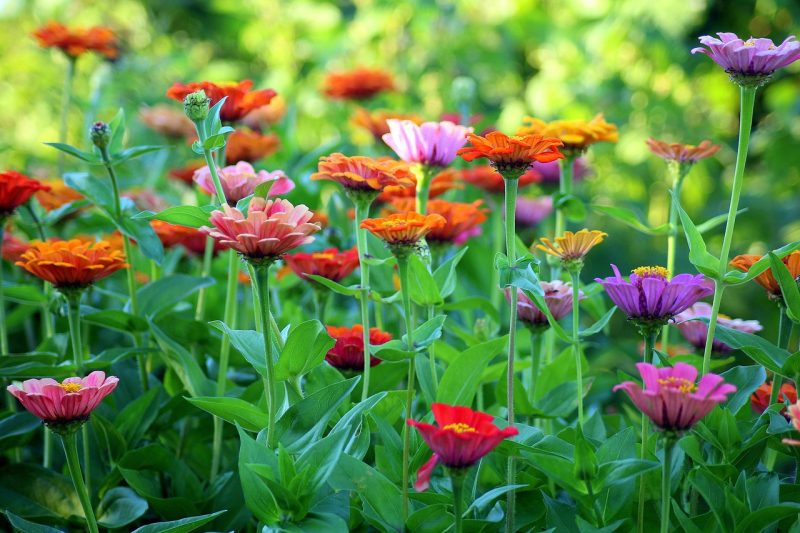
Temperature Tolerance: Zinnias thrive in warm temperatures close to 70°F to 90°F, enjoying full sun for best performance.
Planting Dates: Direct seeding or transplanting can be done from late May into June in Zone 7b.
Details: Their vibrant blooms are full of colors and shapes. Zinnias are drought-resistant, making them great for low-maintenance gardens. These annuals are also fantastic for attracting beneficial insects, making them essential for supporting local ecosystems. Regular deadheading encourages a longer blooming period and vigorous growth.
Marigolds
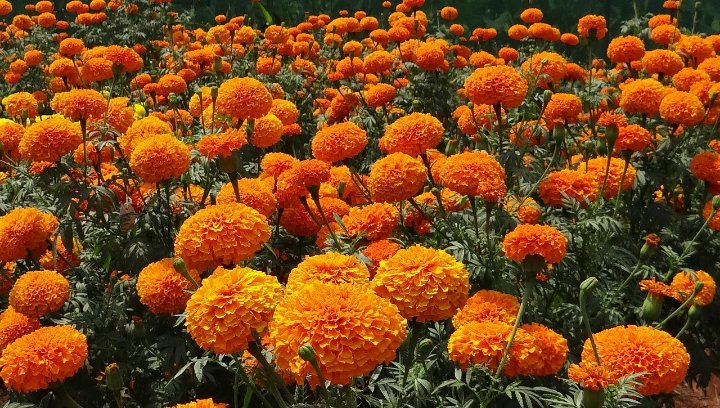
Temperature Tolerance: Marigolds enjoy warm temperatures of around 70°F to 80°F and are sensitive to frost conditions.
Planting Dates: Start seeds indoors in early spring or transplant outdoors from mid-May to early June in Zone 7b.
Details: Marigolds are known for their pest-repelling qualities, attracting pollinators while deterring harmful insects. They adapt well to various soil types, provided they are well-draining. Marigolds thrive in full sun and can be incorporated throughout vegetable gardens as pest deterrents and companion plants.
Cosmos
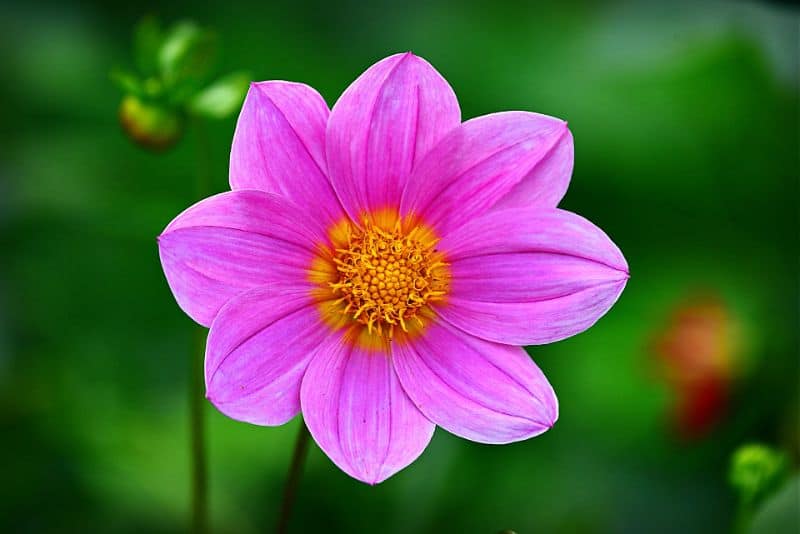
Temperature Tolerance: Cosmos flourish in temperatures ranging from 70°F to 90°F, thriving in sunny locations.
Planting Dates: Seeds can be sown directly into garden beds from late May through June in Zone 7b.
Details: With their delicate, feathery foliage and bright flowers, cosmos attract pollinators like bees and butterflies. They require minimal care once established, thriving in well-draining soil. Cosmos come in various colors and heights, making them excellent plants for borders or wildflower gardens.
Petunias

Temperature Tolerance: Petunias thrive in warm weather, ideally at temperatures of 65°F to 85°F. They shouldn’t be exposed to frost.
Planting Dates: Planting can begin in May for transplants, with continual planting into early June in Zone 7b.
Details: Petunias come in a variety of colors and growth habits (from upright to trailing). These annuals prefer full sun and well-draining soil, flourishing with regular deadheading to promote a long blooming season. Petunias can also be grown in hanging baskets or containers, adding vibrant beauty to patios and porches.
Salvia
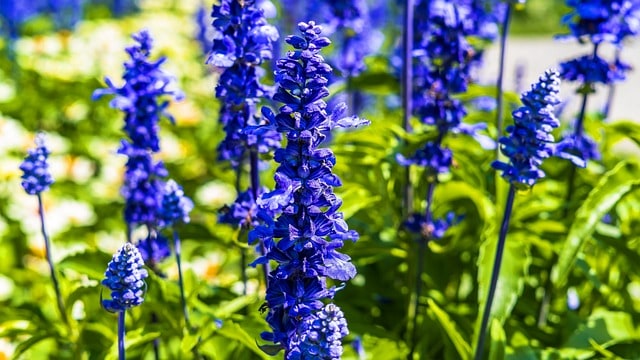
Temperature Tolerance: Salvia plants prefer warm temperatures of 70°F to 85°F and are quite drought-tolerant once established.
Planting Dates: Transplants can be put into the ground in late spring to early June in Zone 7b.
Details: Salvias attract pollinators and can add dynamic color and height to the border or perennial gardens. They thrive in full sun with well-draining soil and require minimal care once established. Some varieties offer aromatic foliage, enhancing their appeal in the garden.
Hydrangeas
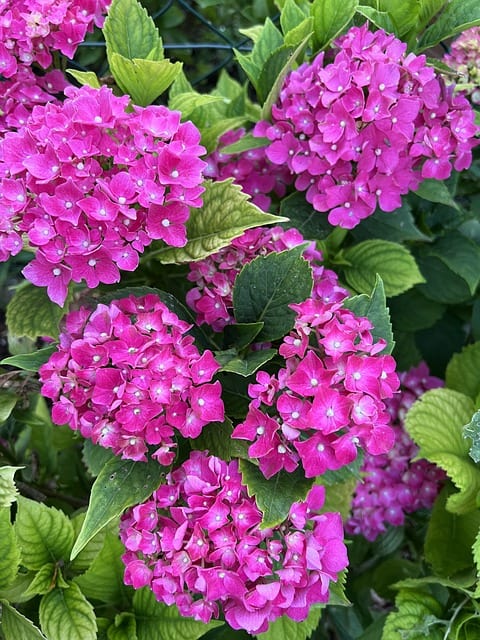
Temperature Tolerance: Hydrangeas prefer temperatures between 65°F to 80°F, thriving in well-drained, moist soils. They will not tolerate extreme heat or drought conditions well.
Planting Dates: June planting is best for established plants in shady to partially sunny sites.
Details: With their large, colorful blooms, hydrangeas provide dramatic focal points in any landscape. They benefit from consistent watering and enjoy rich, organic soils. Depending on the variety, blooms may change color based on the soil pH, with acidic soils producing blue flowers and alkaline resulting in pink. Mulching helps retain moisture and protects their roots.
Coneflowers
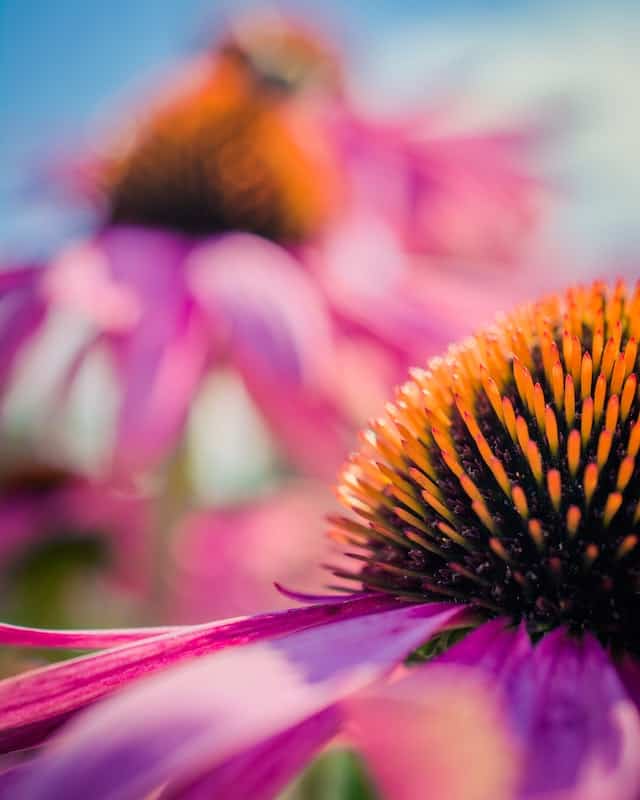
Temperature Tolerance: Coneflowers prefer full sun and can thrive in temperatures from 70°F to 90°F.
Planting Dates: Transplanting and seeding can be done from late spring to early June.
Details: These hardy perennials are drought-tolerant once established and attract beneficial insects. Coneflowers create visual interest in gardens with their unique upward-facing flowers. They prefer well-drained soil and can tolerate poor soils, making them great for low-maintenance garden setups.
Black-eyed Susans
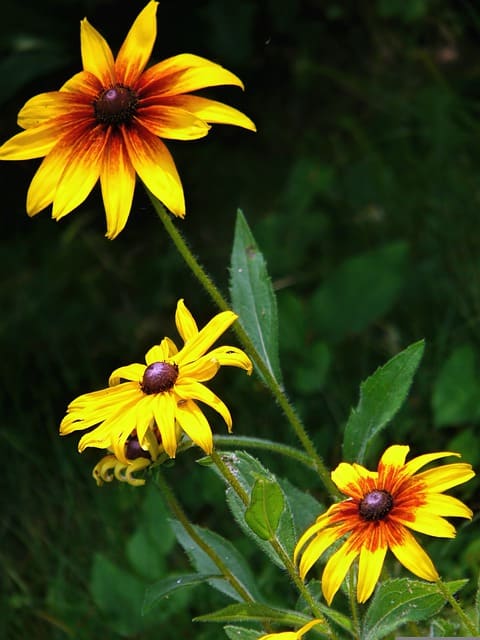
Temperature Tolerance: Black-eyed Susans thrive in warm weather, needing temperatures between 70°F to 90°F.
Planting Dates: Seeds can be sown directly in the garden from April to early June.
Details: This cheerful perennial adds an abundance of yellow or gold color to landscapes. They tolerate drought once established, needing minimal care. Black-eyed Susans are also known for attracting a variety of pollinators to the garden, enhancing biodiversity. Cutting back spent blooms encourages more flowering.
Snapdragons

Temperature Tolerance: Snapdragons prefer cooler temperatures between 65°F to 75°F, but can still thrive in the warmer temperatures of Zone 7b.
Planting Dates: While traditionally sown earlier, established plants can be added in June for late summer and fall blooms.
Details: Known for their unique shape and cheerful colors, snapdragons add visual interest to gardens. They prefer well-drained soil and can tolerate partial shade. Ensuring they receive consistent moisture will enhance their growth, and pinching back stems can encourage bushier plant development.
Herbs To Plant
Basil
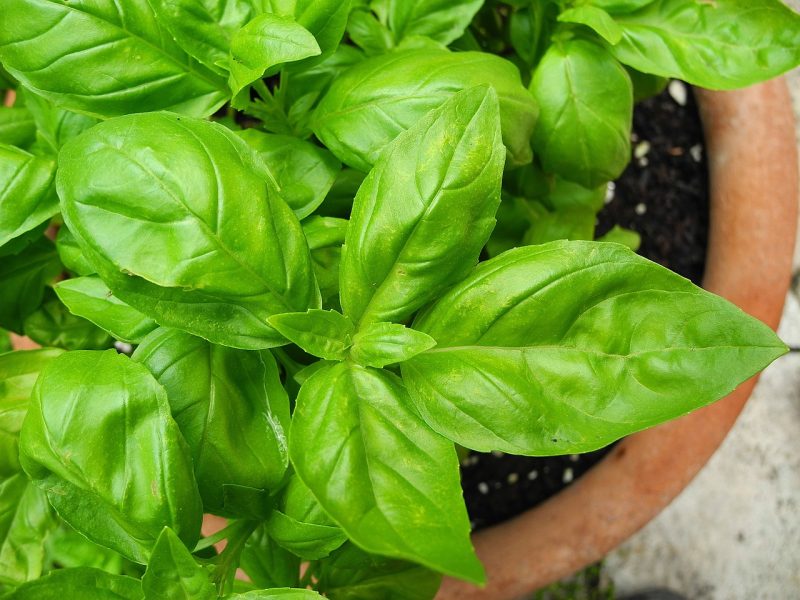
Temperature Tolerance: Basil grows best in warm temperatures ranging from 70°F to 90°F, with cold conditions stunting growth.
Planting Dates: Transplant basil from mid-May to early June.
Details: Known for its aromatic leaves and culinary uses, basil thrives in full sun and rich, well-draining soil. Regular harvesting encourages bushier growth and prevents flowering, which can affect flavor. Basil is often paired with tomatoes in dishes, making it an essential herb for summer cooking.
Dill

Temperature Tolerance: Dill prefers temperatures of 70°F to 80°F and germinates best in cooler conditions.
Planting Dates: Dill seeds can be sown directly in the ground from late April through June.
Details: This aromatic herb is often used in pickling and cooking. Dill prefers full sun and well-draining soil. It grows quickly, so succession planting can ensure a consistent harvest throughout the season. Dill also attracts beneficial pollinators to the garden.
Cilantro
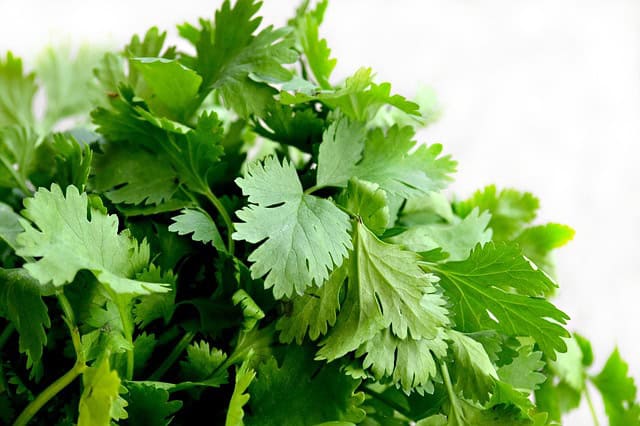
Temperature Tolerance: Cilantro enjoys cool weather but can struggle in heat as it may bolt above 85°F.
Planting Dates: Plant cilantro in early June for summer harvest.
Details: Mexican and Asian cuisines utilize cilantro, which is known for its distinct flavor. It prefers well-drained soil and full sun but benefits from some afternoon shade in extreme temperatures. Cilantro also produces coriander seeds, adding to its culinary uses.
Parsley
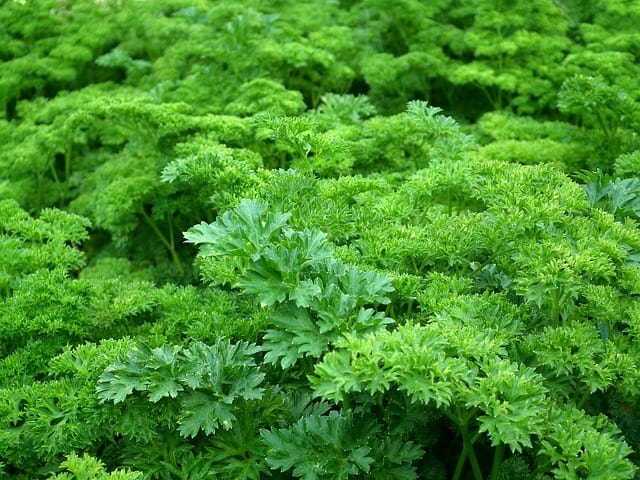
Temperature Tolerance: Parsley grows well in temperatures between 60°F to 80°F and can tolerate part shade conditions.
Planting Dates: Transplant parsley in early June.
Details: This versatile herb is often used as a garnish and flavor enhancer in culinary dishes. Parsley does well in various soil types, but consistently moist, rich soil will encourage good growth. It can also be grown as a biennial, meaning it will produce seeds in its second year.
Oregano
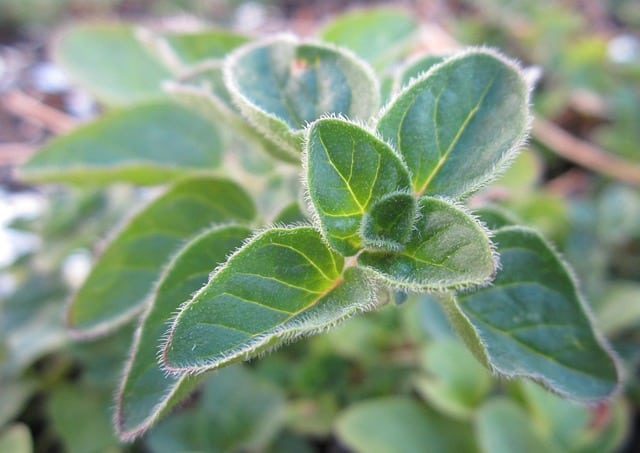
Temperature Tolerance: Oregano prefers warm conditions, thriving best in temperatures between 70°F to 80°F.
Planting Dates: Start oregano from seed or transplant in early June.
Details: This herb is drought-resistant and thrives in full sun. Oregano adds robust flavor to Mediterranean dishes and can be harvested continually throughout the summer. It prefers well-drained soil and can become invasive if left unchecked in the garden.
Thyme
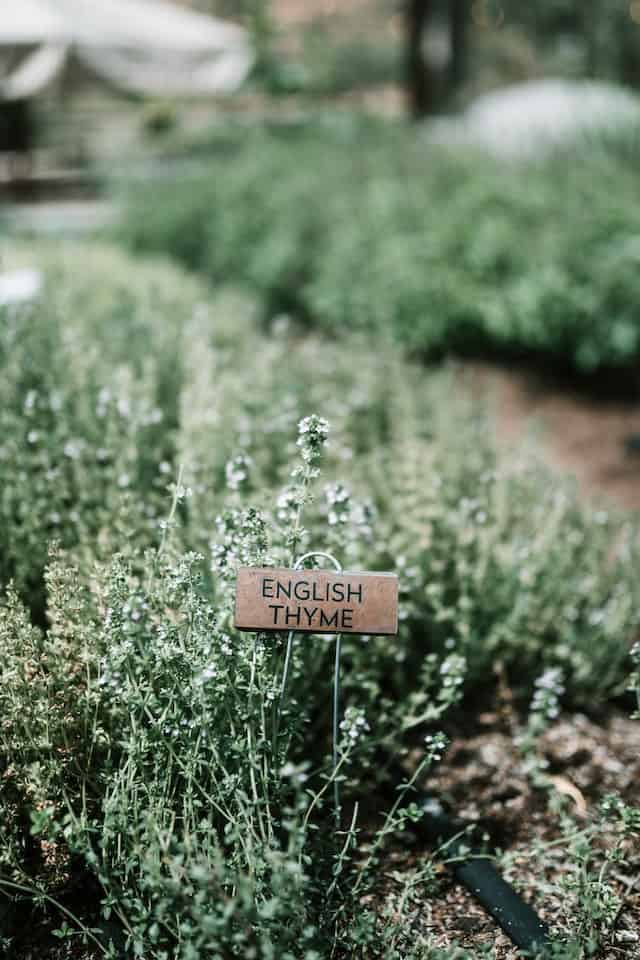
Temperature Tolerance: Thyme thrives in temperatures of 60°F to 80°F and is drought-month tolerant once established.
Planting Dates: Transplant thyme in June into warm, well-drained soil.
Details: This perennial herb is excellent for culinary use and as a ground cover. Thyme requires full sun and thrives in poor soils, making it low-maintenance. Harvest the leaves regularly to promote growth and maintain potency.
Chives
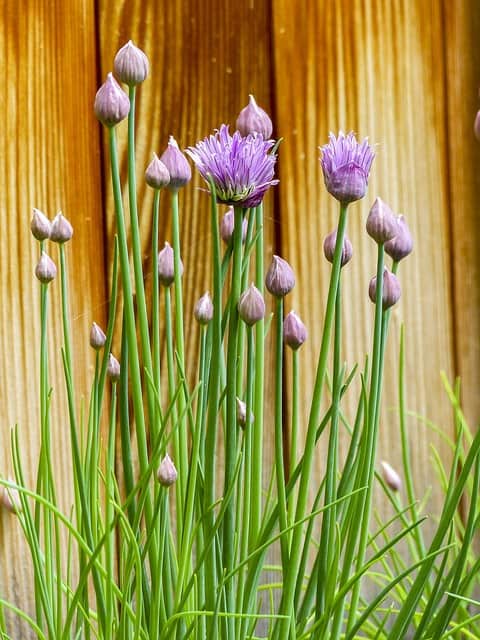
Temperature Tolerance: Chives prefer cooler weather and do well in temperatures of 50°F to 75°F.
Planting Dates: Sow chives directly or transplant them in early June.
Details: Chives can add a mild onion flavor to dishes while providing lovely purple flowers for aesthetic appeal. They prefer full sun to partial shade and grow well in various soil types. Regular harvesting of the leaves encourages bushier plants and prevents flowering.
Mint
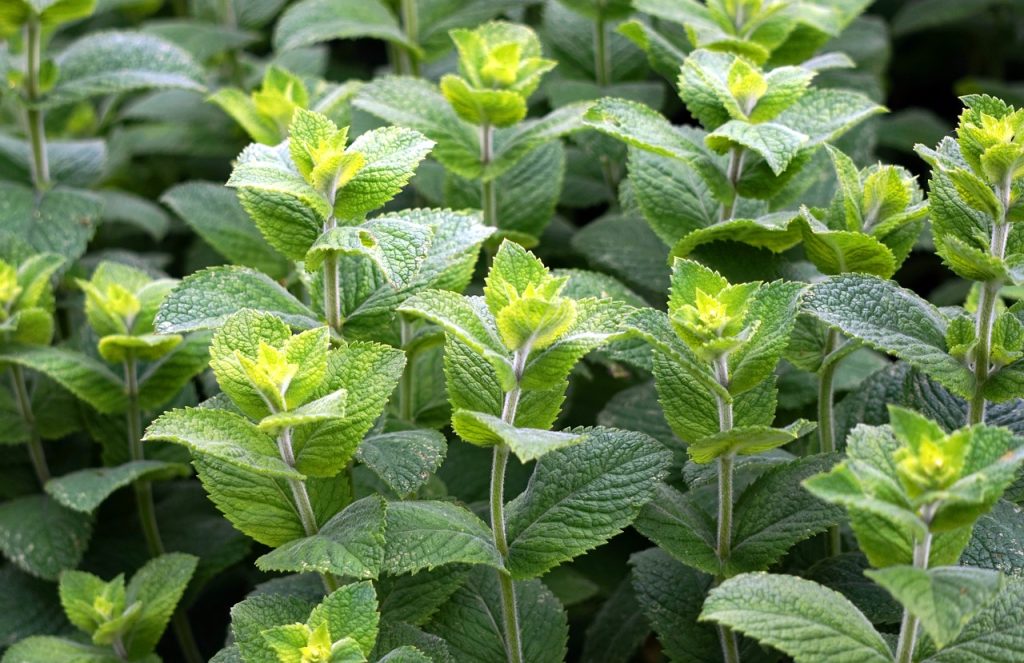
Temperature Tolerance: Mint thrives in temperatures between 60°F to 80°F but grows well in warm soil conditions.
Planting Dates: Transplant established mint plants in June to minimize competition.
Details: Due to its invasive nature, consider planting mint in containers to control its spread. This herb is fragrant and versatile, perfect for culinary use in teas, desserts, and garnish. Mint prefers rich, moist soil and partial to full sun.
Sage
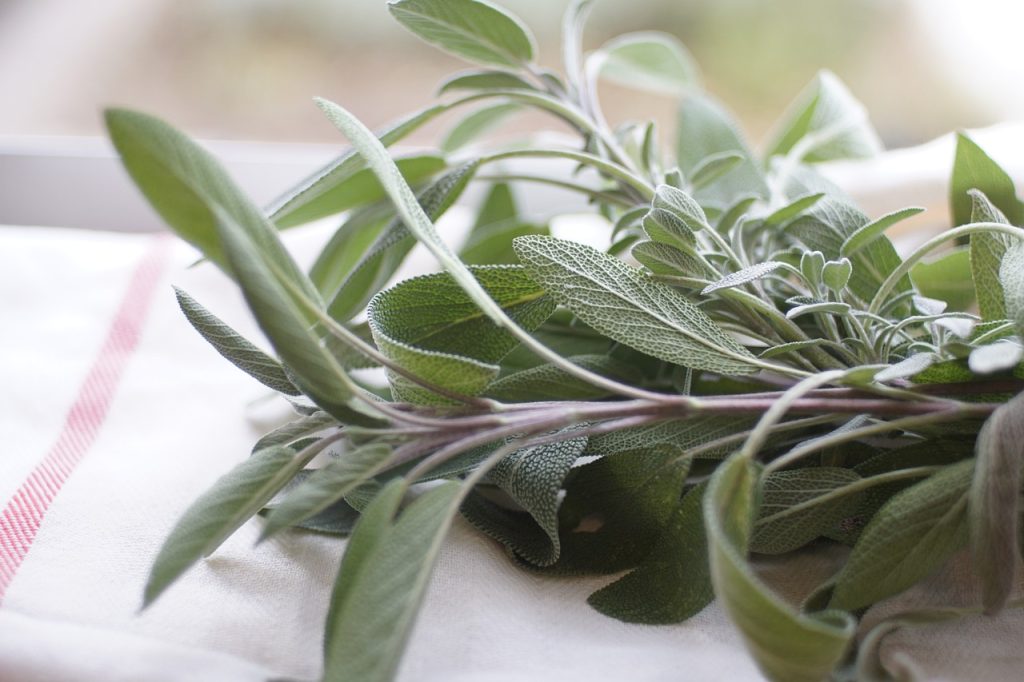
Temperature Tolerance: Sage prefers warm conditions and grows well at temperatures of 65°F to 80°F.
Planting Dates: Plant in June for optimal growth conditions.
Details: Sage is a hardy perennial that is drought-resistant once established. It thrives in full sun and well-draining, sandy soils. This herb is frequently used in cooking and can be harvested throughout the growing season for fresh use or drying for preservation.
Lemon Balm
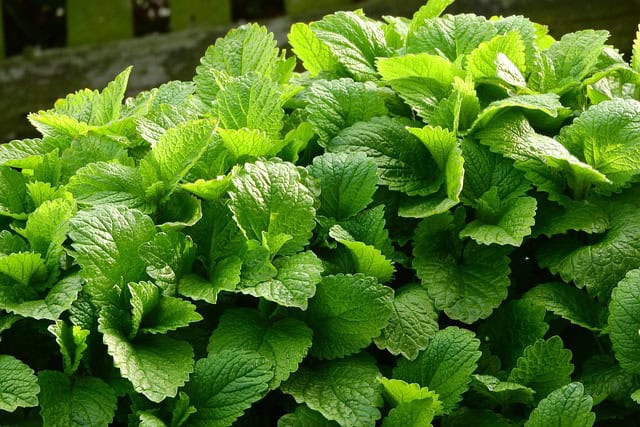
Temperature Tolerance: Lemon balm thrives in warm temperatures of around 70°F to 85°F.
Planting Dates: Transplant established plants in June to benefit from the summer heat.
Details: Known for its citrus scent and flavor, lemon balm grows best in full sun but tolerates partial shade. It is a member of the mint family and, like mint, can be invasive, so containing it in pots is often advisable. This herb has culinary uses in teas and desserts and can have calming effects when consumed.
Landscape Plants To Plant In June
Daylilies
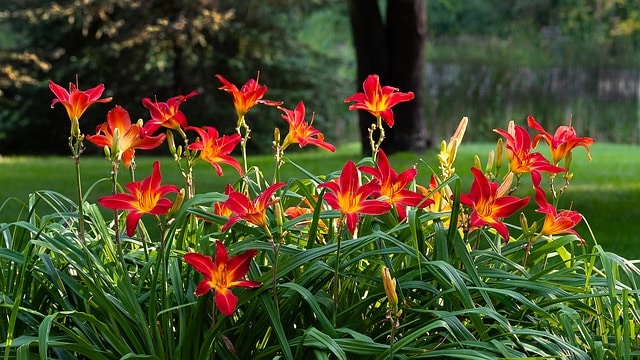
Temperature Tolerance: Daylilies thrive in a range of temperatures, enjoying warmth from 60°F to 90°F.
Planting Dates: June is an excellent time for planting established daylily plants.
Details: Known for their hardiness and minimal requirements, daylilies are adaptable to various soil types and do best with full sun exposure. They offer spectacular blooms in summer and can thrive with minimal watering once established. They are ideal for perennial gardens due to their resilience and ability to self-seed.
Boxwoods

Temperature Tolerance: Boxwoods tolerate a broad range of temperatures, ideally between 20°F and 90°F.
Planting Dates: Plant root ball boxwoods from mid-May through June.
Details: Boxwoods provide structure and year-round visual interest in gardens, adaptable to pruning and shaping. These evergreen shrubs thrive in full sun to partial shade and prefer moist, well-draining soils. They are low-maintenance and effective for hedges or formal garden designs.
Hellebores
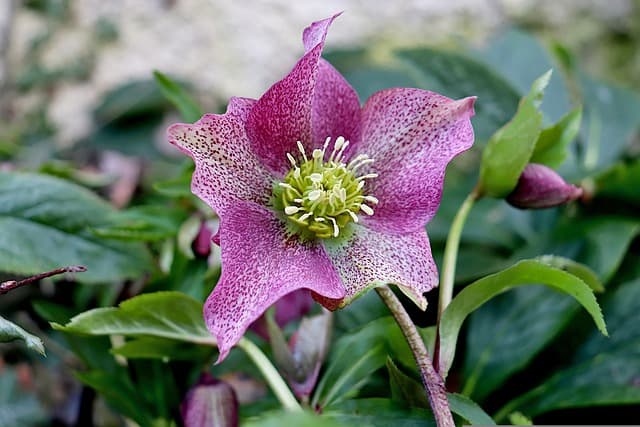
Temperature Tolerance: Hellebores thrive in temperatures of 60°F to 75°F, preferring cooler conditions but can adapt in summer shade.
Planting Dates: Established plants can be planted in June for best results.
Details: Although commonly planted earlier in the spring, hellebores can still be successful when placed in cooler, shaded spots in June. These perennials bloom early in the year, often before other plants, adding early season color. They are drought-resistant once established and thrive in rich, well-drained soil.
Lavender
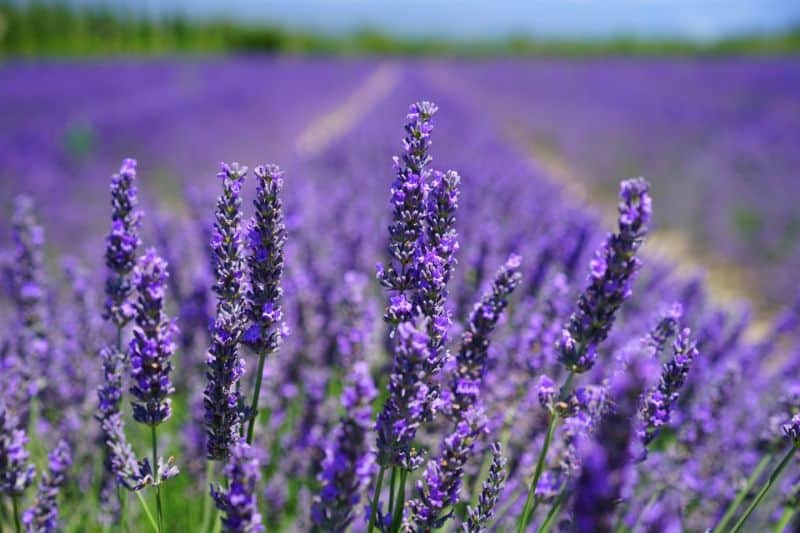
Temperature Tolerance: Lavender tolerates warmer temperatures of 70°F to 85°F and prefers well-drained soils.
Planting Dates: Established plants can be planted or sown in June for optimal growth.
Details: Lavender is renowned for its aromatic fragrance and stunning blue-purple flowers. It thrives in full sun and drought-tolerant conditions, making it a great choice for low-maintenance gardens. Its popularity is due in part to its culinary, herbal, and decorative uses.
Coreopsis
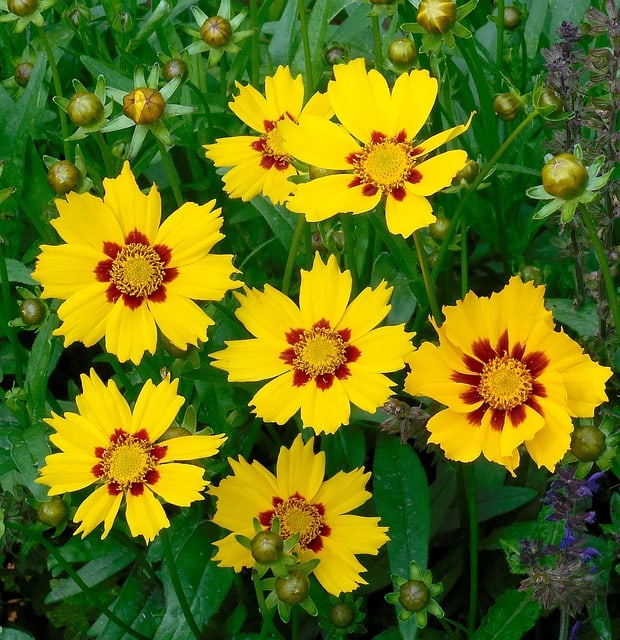
Temperature Tolerance: Coreopsis prefers sunny, warm temperatures of around 70°F to 85°F.
Planting Dates: These perennials can be sown or transplanted in June.
Details: Coreopsis boasts beautiful, daisy-like flowers that attract butterflies and pollinators. They are adaptable to a range of soil types and can tolerate less fertile conditions. Regular deadheading promotes prolonged blooming and a fuller appearance, adding cheerful color to gardens.
Creeping Thyme
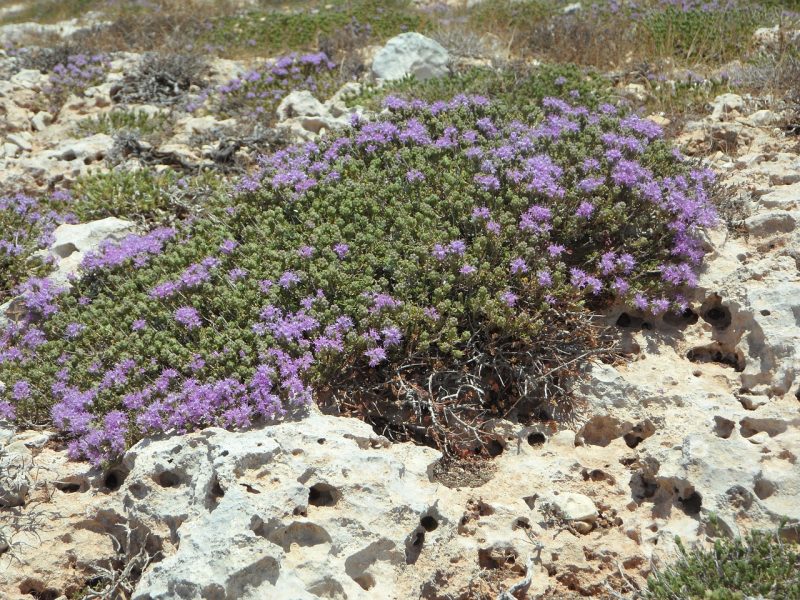
Temperature Tolerance: Creeping thyme handles temperatures from 60°F to 80°F well, being tolerant of dry conditions.
Planting Dates: June is ideal for sowing established plants or transplants.
Details: This low-growing perennial is excellent as a ground cover, thriving in sunny locations with poor soils. Once established, creeping thyme can withstand drought conditions, offering fragrant foliage and stunning purple flowers. Its resilience and ability to tolerate foot traffic make it ideal for pathways and between stepping stones.
Astilbe
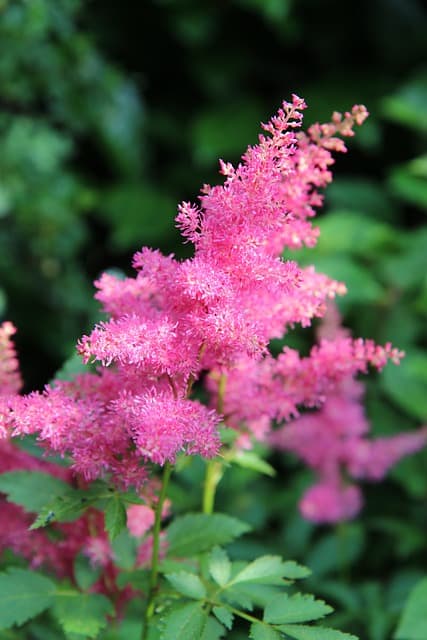
Temperature Tolerance: Astilbe thrives in temperatures between 60°F to 80°F, preferring moderate moisture levels.
Planting Dates: Known for its lush foliage and feathery blooms, astilbe can be transplanted in June.
Details: Astilbe prefers shadier spots in the garden and moist, rich soil to flourish. These perennials create striking visuals with their plume-like flowers and can be excellent companions for other shade-loving plants. Regular watering during dry spells is crucial for optimal growth and blooming.
Aster
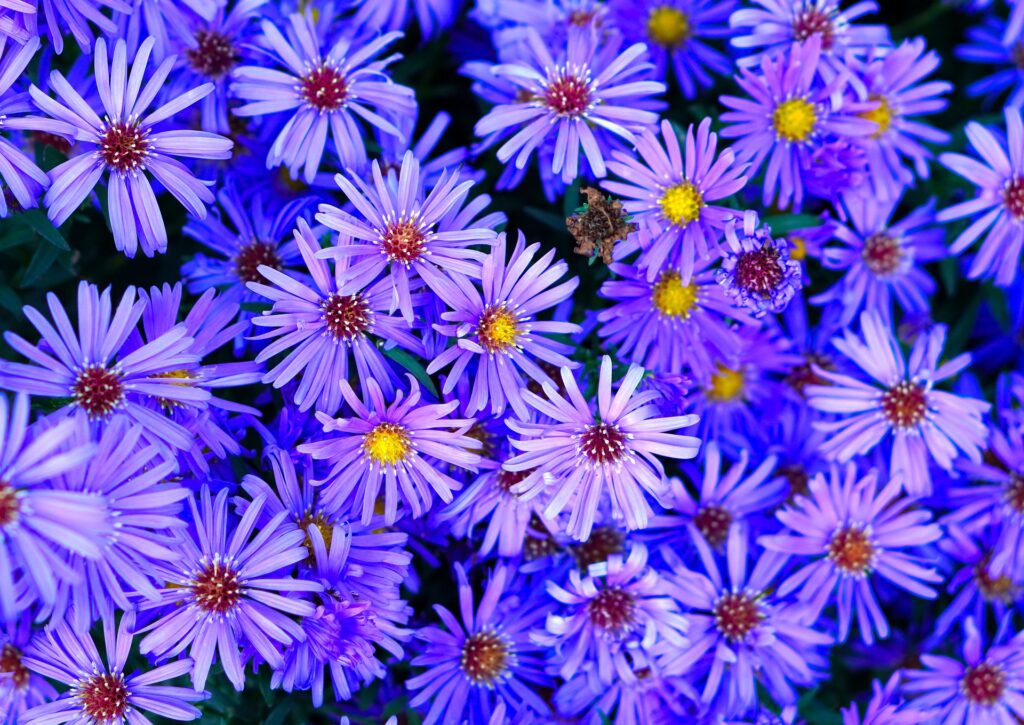
Temperature Tolerance: Asters thrive in temperatures of 70°F to 80°F.
Planting Dates: June is an excellent time for planting asters to ensure flowers bloom later in the summer.
Details: Asters are known for their vibrant colors and late-season blooms, attracting butterflies and beneficial insects. They prefer full sun but can tolerate partial shade, flourishing in well-drained, fertile soils. Regular watering encourages better blooming, extending their presence into the fall.
Ornamental Grasses
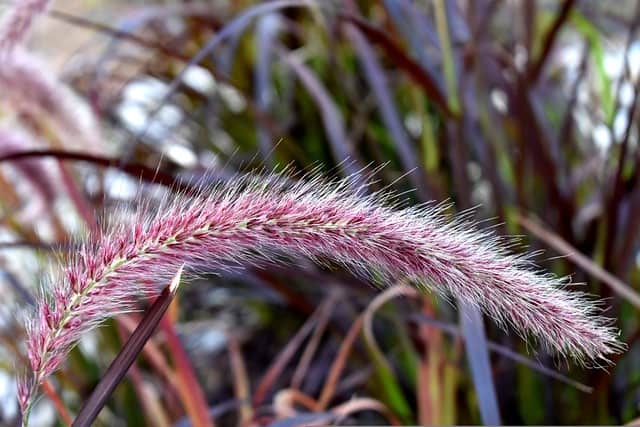
Temperature Tolerance: Ornamental grasses adapt well to varying temperatures from 60°F to 90°F, depending on the variety.
Planting Dates: June is a perfect time to establish ornamental grasses in landscapes.
Details: With a variety of textures and heights, ornamental grasses bring uniqueness to gardens. They thrive in well-drained soils and can tolerate dry conditions once established. These hardy plants can create privacy screens, borders, and pathways, contributing to low-maintenance landscapes.
Kentucky Bluegrass
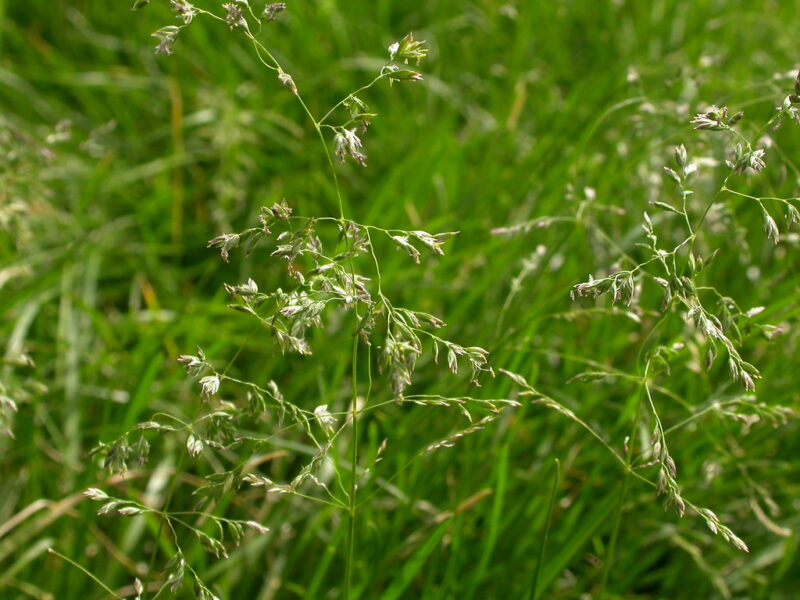
Temperature Tolerance: Kentucky bluegrass grows best in temperatures of 60°F to 75°F.
Planting Dates: June is a good time for seeding as long as adequate moisture will be maintained.
Details: This cool-season grass thrives in sunny environments and provides lush greenery. Regular watering and maintenance during establishment will lead to a healthy lawn. Suitable for residential and commercial properties, Kentucky bluegrass creates a stunning, durable landscape.





